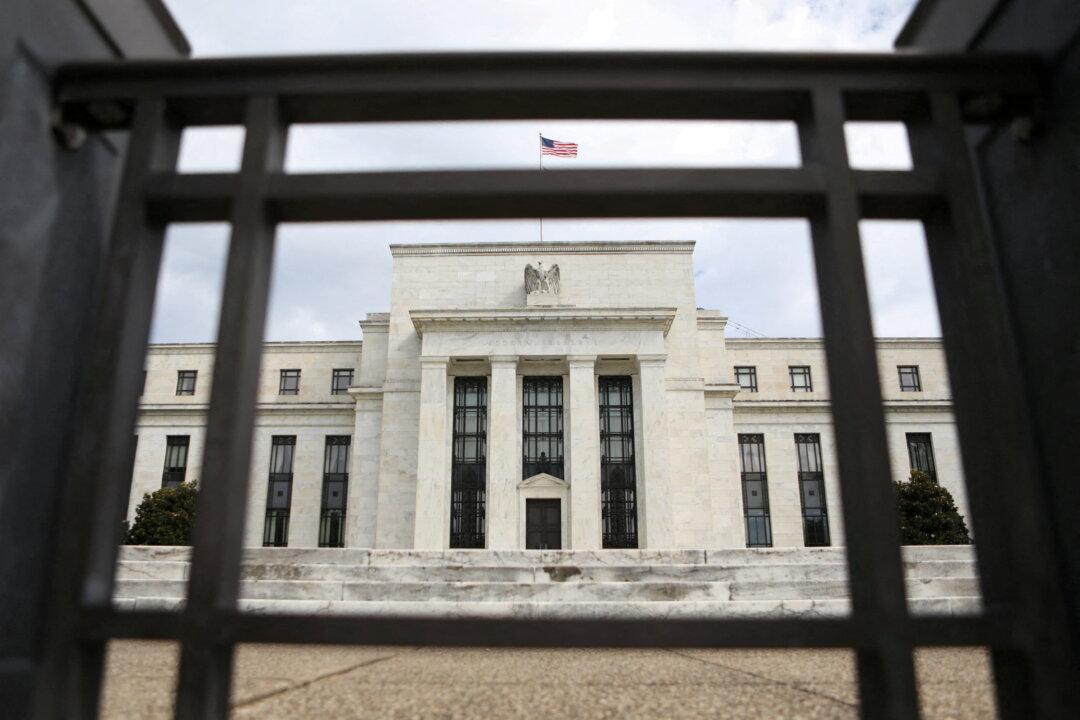Commentary
Many people in Washington hoped for much better inflation numbers in February. Below zero would have released tears of joy following the recent rough weekend of bank failures and the first signs of financial instability in these three years of nonstop terrible. Alas, that didn’t happen.





